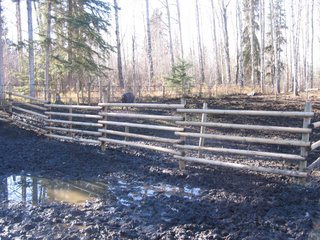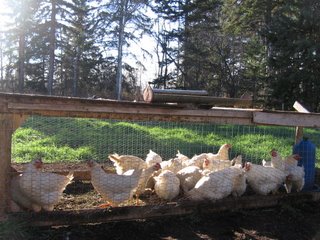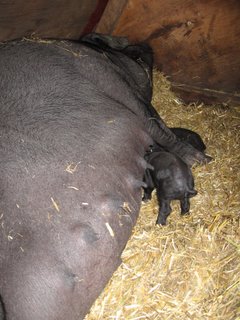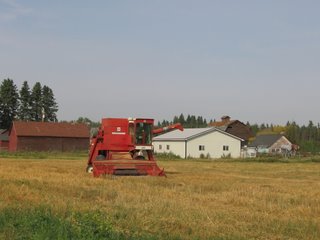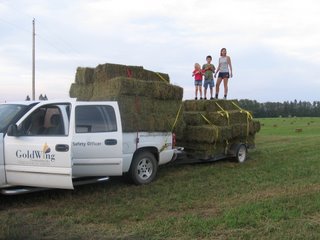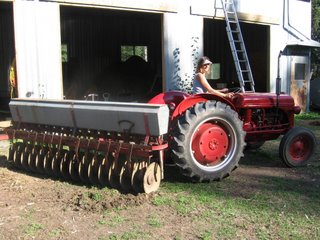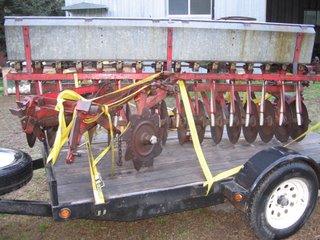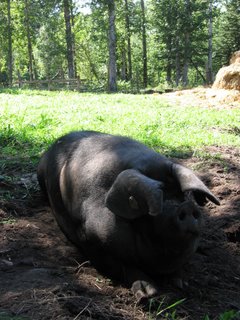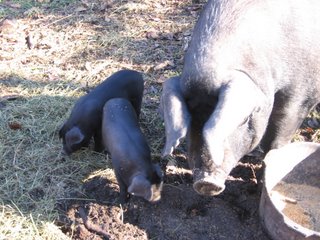
Well it was extremely disappointing to only have a litter of 2 piglets this time around. That is extremely rare and I am attributing it to the fact that I had a boar that was quite old at the time. I have since replaced him and will breed Penny to the new boar in the next month or so. If she doesn't have a good litter, then I will know that it is time to replace her. She is a nice pig to have around the farm so I hope that this was the boars' fault. The two piglets, a boar and a gilt, are doing very well. They are growing quickly and spend a good amount of time exploring the pens now. It is interesting to watch them learn from mom about rooting and eating foods other than milk. They spend a lot of time with their noses in the dirt and this is what gives them the vitamins and minerals that they require to grow strong and healthy. In a barn setting, these pigs would have to be given injections of synthetic vitamins, minerals and other goodies that I am not even sure about. Anti-biotics and other drugs are necessary just to keep the majority of them alive in those horrible conditions. I feel very good about seeing my pigs out doing what pigs are supposed to do! The plan now is to keep the gilt to add to the herd and to sell the boar. It is too bad that there weren't other littermates to choose from for both breeding and meat production, but the next litter from Prudence will be better.
